‘Design not for children, but for everyone’: Jewish Museum Berlin’s new play space
Olson Kundig architecture and design practice brings kids’ play space ANOHA Children’s World to life inside a vast former wholesale flower market, at the Jewish Museum Berlin
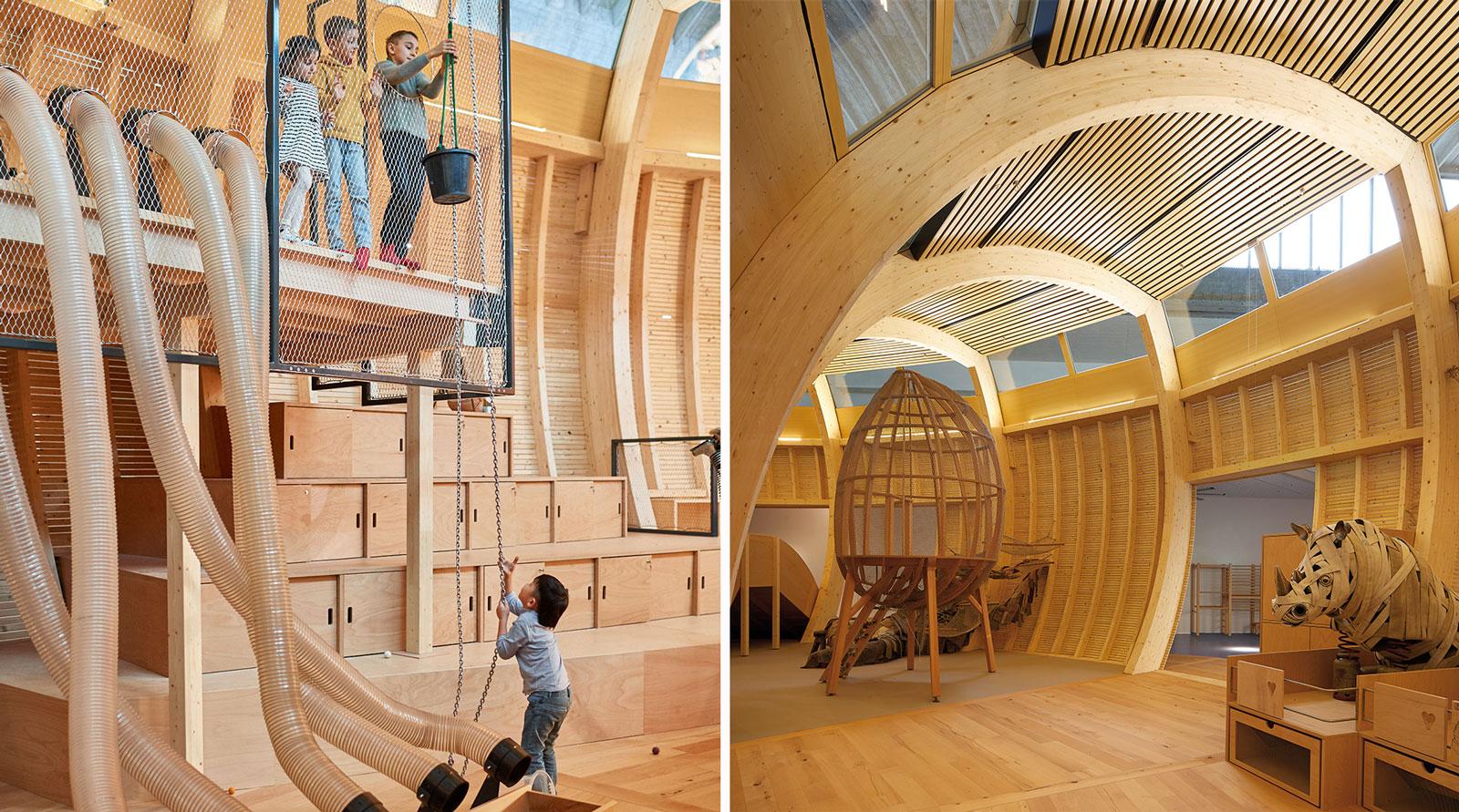
The new ANOHA Children’s World, at the the Jewish Museum Berlin, is a vast new children’s play space designed with adults firmly in mind too. Situated in a former wholesale flower market in the Kreuzberg district, it converts the story of Noah’s Ark into a rich and interactive playground.
The wooden ark, designed by US-based Olson Kundig architecture and design practice, sits at an impressive 7m tall and measures 28m in diameter. It is surrounded by 150 wooden animal sculptures, setting a scene for the children to interpret as they wish.

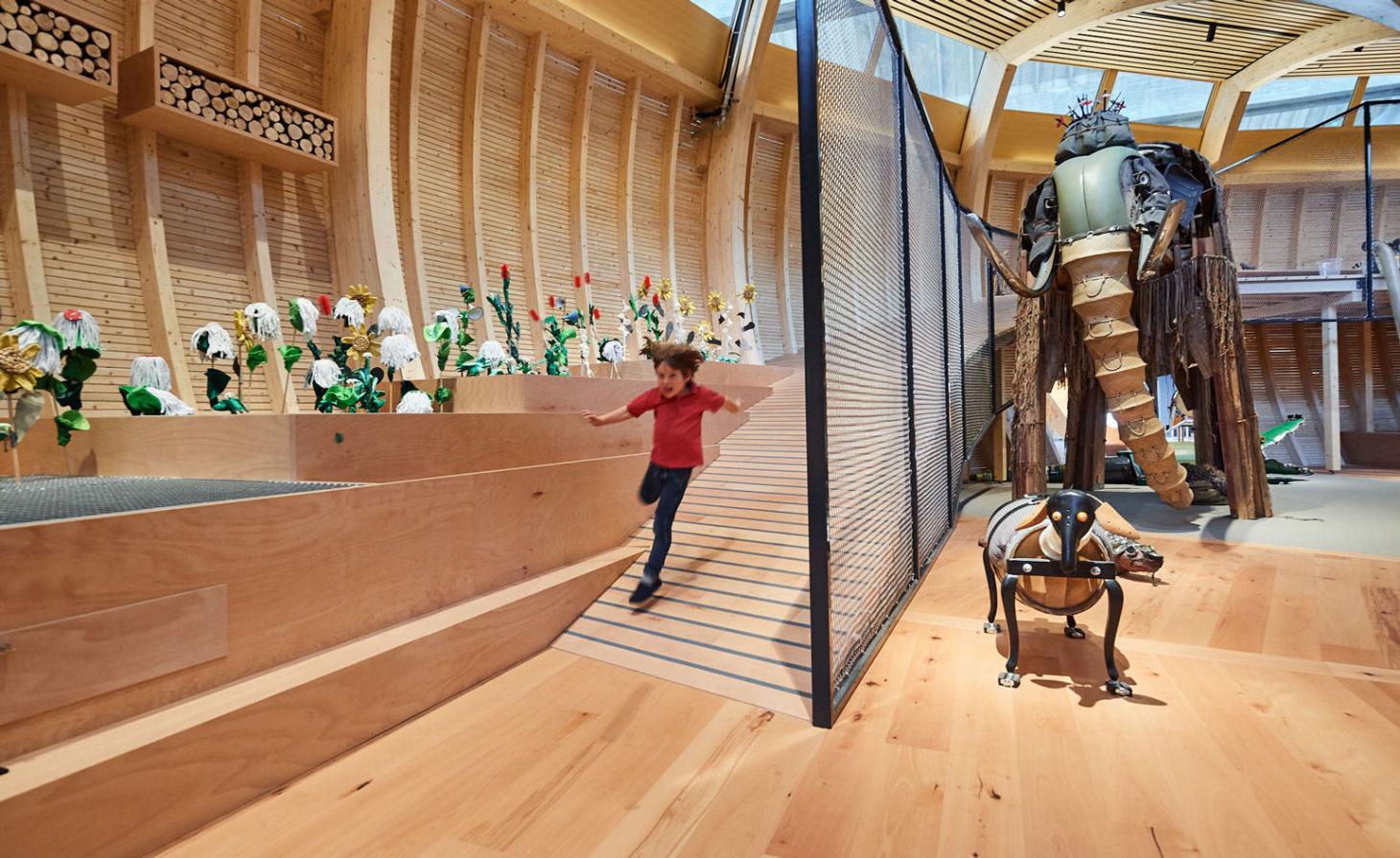
When designing a children’s play space, says Olson Kundig design principal Alan Maskin, ‘the most important consideration is to not design for children but to design for everyone. Research supports the idea that children have their most memorable museum experiences when shared with family and friends. As a designer, my goal is to get parents to put down their cell phones and play alongside their children. ANOHA is intended to be as interesting, engaging and compelling to adults as to the very young, and to make play irresistible to all ages.’
It is a philosophy reflected in the design of the space, which intertwines play with functionality – children get around by slides, on climbing structures and workbenches. They can build their own boat and test it in a flood simulator, develop their own animals from organic materials and learn about the composting process through interactive games.
Throughout, children have full control. ‘Children, as a construct of being cared for by adults and having their parents manage all aspects of their lives, have few opportunities for control and personal choice,’ points out Maskin. ‘Here the design gives them that sense of agency and control over how and where they choose to play. Function manifested as play is embedded in the ways children have fun.
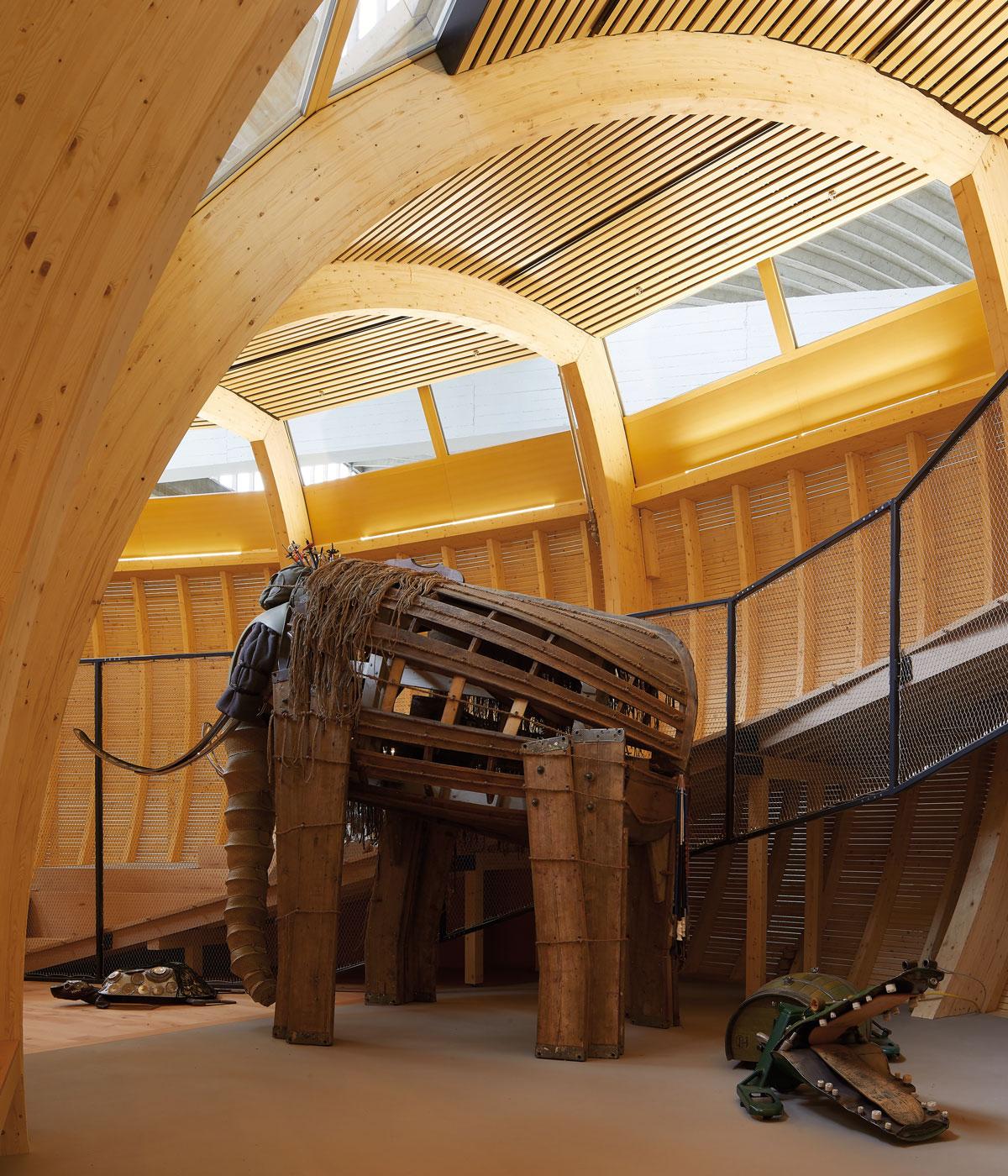

INFORMATION
Receive our daily digest of inspiration, escapism and design stories from around the world direct to your inbox.
Hannah Silver is the Art, Culture, Watches & Jewellery Editor of Wallpaper*. Since joining in 2019, she has overseen offbeat art trends and conducted in-depth profiles, as well as writing and commissioning extensively across the worlds of culture and luxury. She enjoys travelling, visiting artists' studios and viewing exhibitions around the world, and has interviewed artists and designers including Maggi Hambling, William Kentridge, Jonathan Anderson, Chantal Joffe, Lubaina Himid, Tilda Swinton and Mickalene Thomas.
-
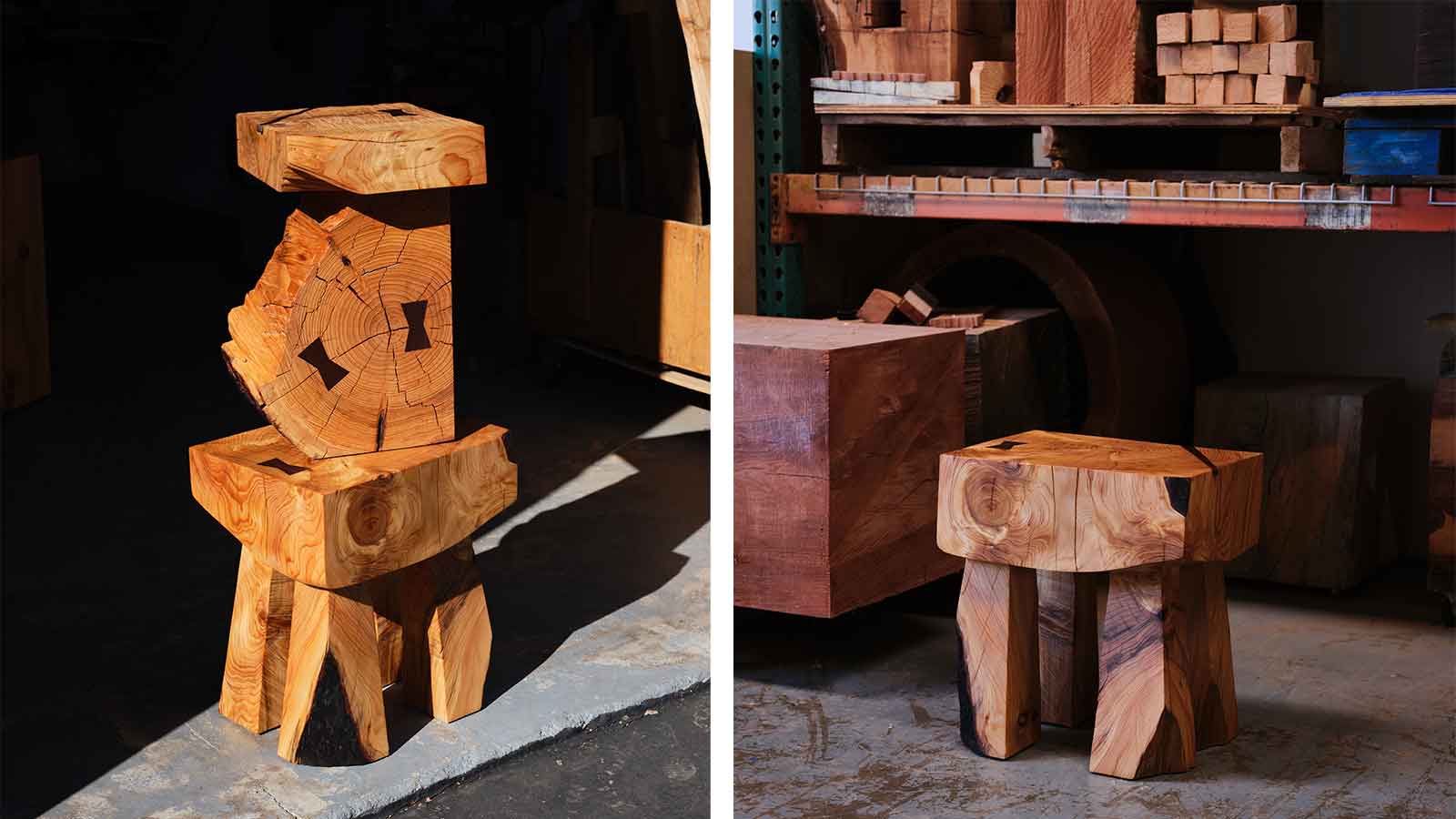 Designers craft wooden furniture to mark LA wildfires anniversary
Designers craft wooden furniture to mark LA wildfires anniversary‘From the Upper Valley in the Foothills’ (on view at Marta, LA, until 31 January 2026) brings together two dozen creatives from the city to transform trees cleared from fire-damaged areas
-
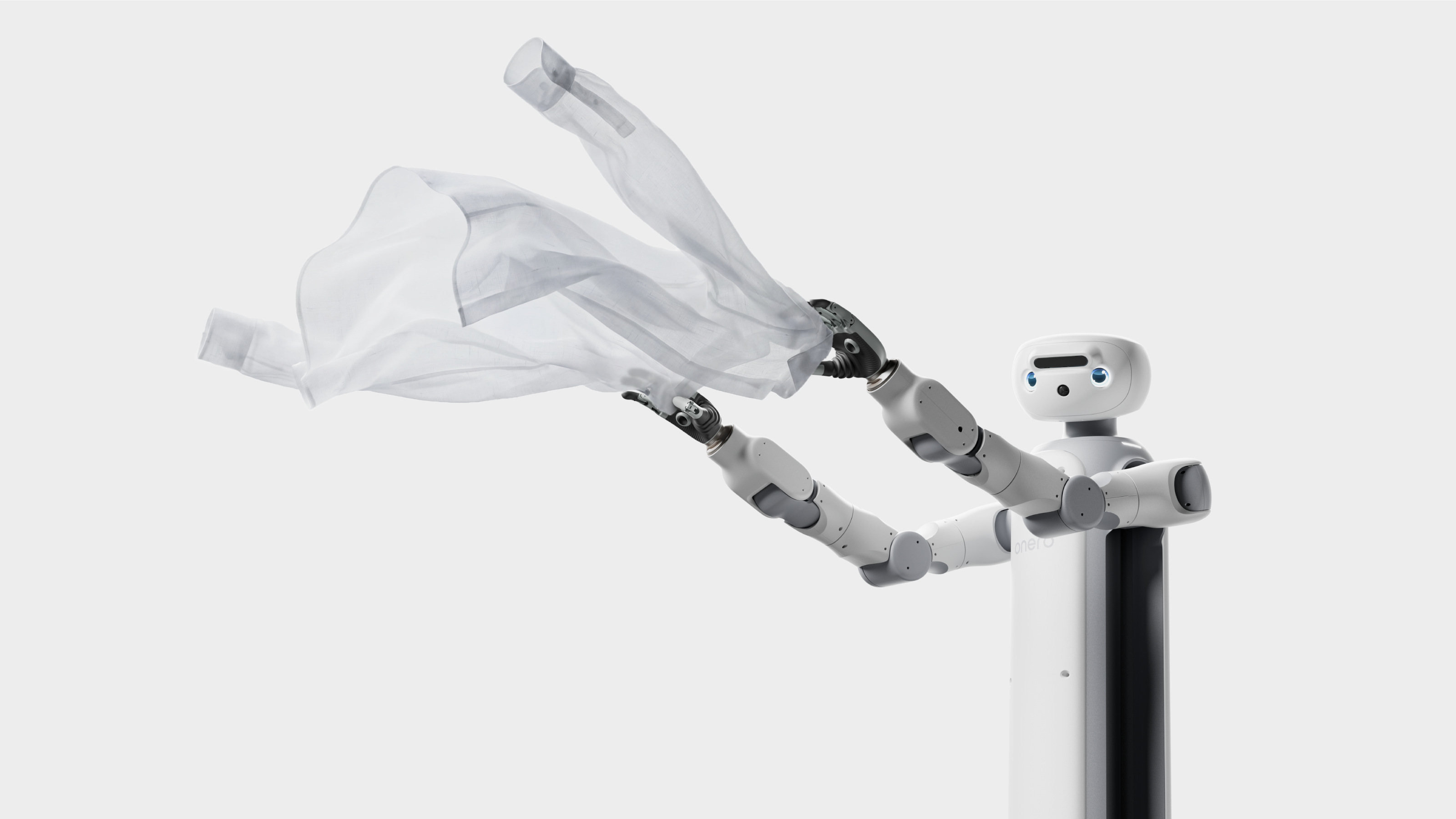 CES is awash with the far out and futuristic. Here are nine things that caught our eye
CES is awash with the far out and futuristic. Here are nine things that caught our eyeDiscover what’s new in robotics, AI wearables, rollable screens, all-electric roller skis and more in our guide to the quirkiest tech innovations at CES 2026
-
 More changes are coming to the White House
More changes are coming to the White HouseFollowing the demolition of the East Wing and plans for a massive new ballroom, President Trump wants to create an ‘Upper West Wing’
-
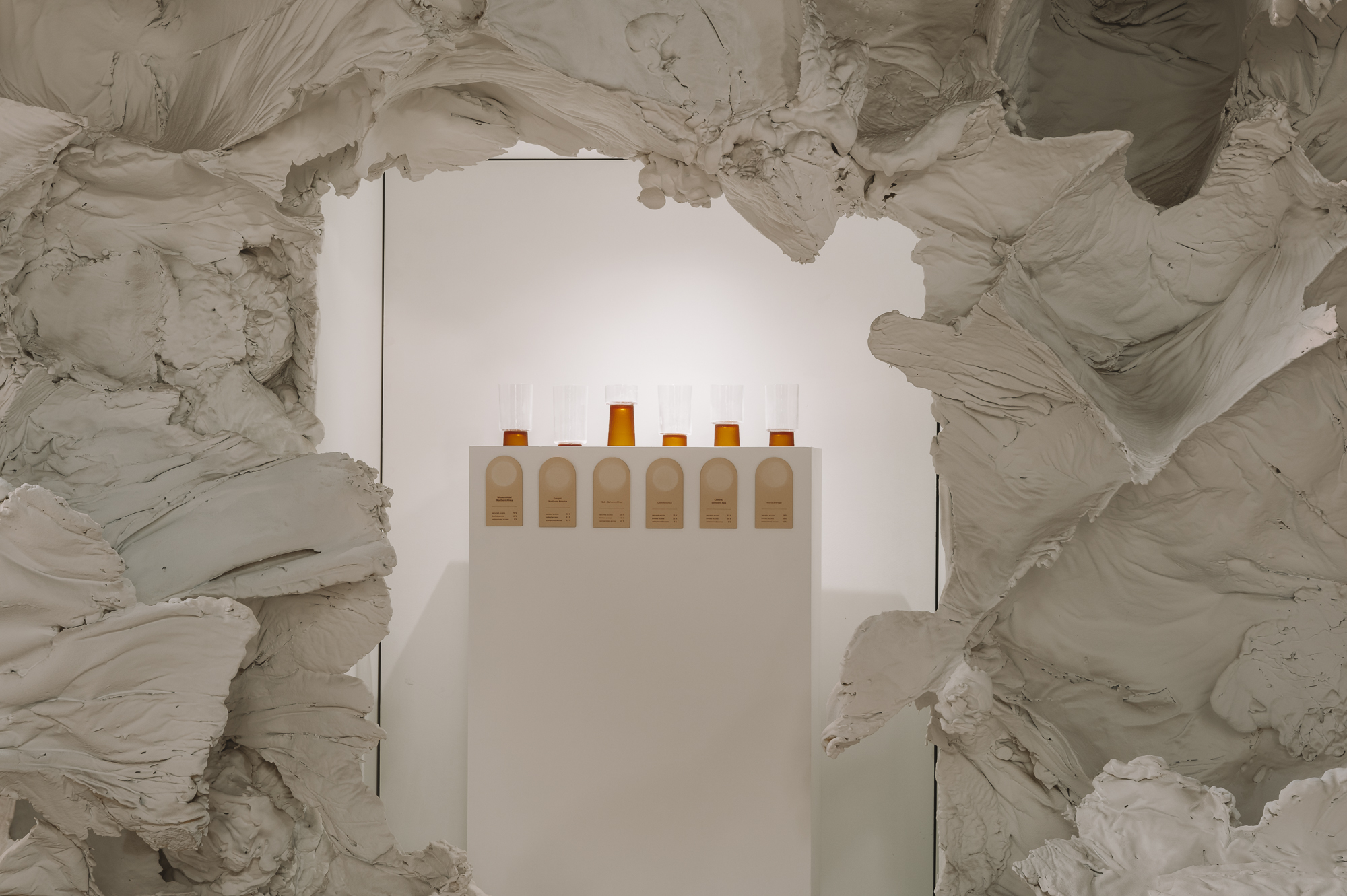 Bocci and Anna Carnick join forces on a showcase of evocative design practices in Berlin
Bocci and Anna Carnick join forces on a showcase of evocative design practices in Berlin'Crafting Community' is on view at Berlin's Wilhelm Hallen until 14 September 2025
-
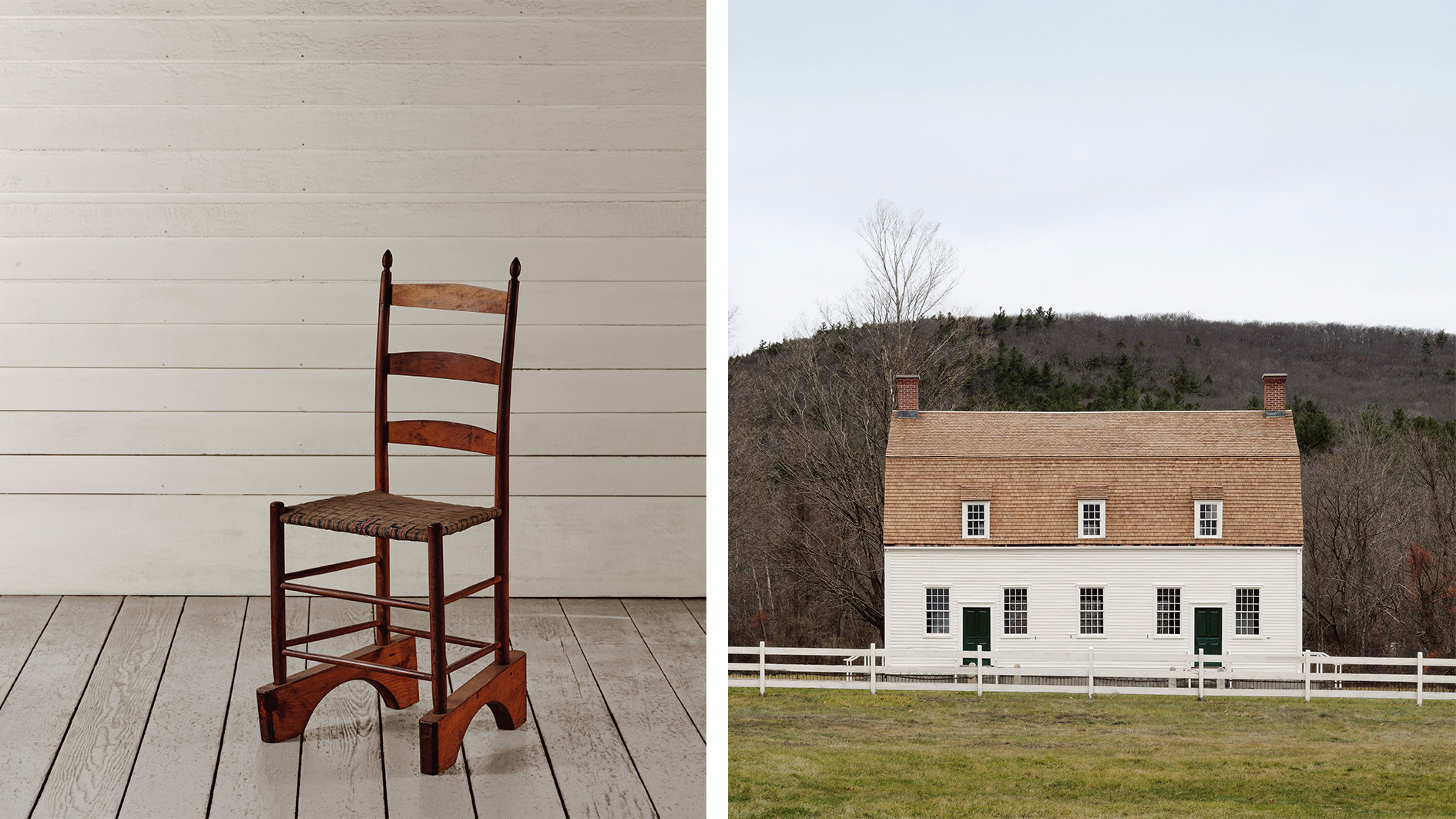 How did the Shakers influence modern design? A new exhibition considers the progressive philosophy of the free church
How did the Shakers influence modern design? A new exhibition considers the progressive philosophy of the free church‘The Shakers: A World in the Making’ positions the 18th-century sect as a pioneer of simple, functional and democratic design – principles that still guide aesthetics today
-
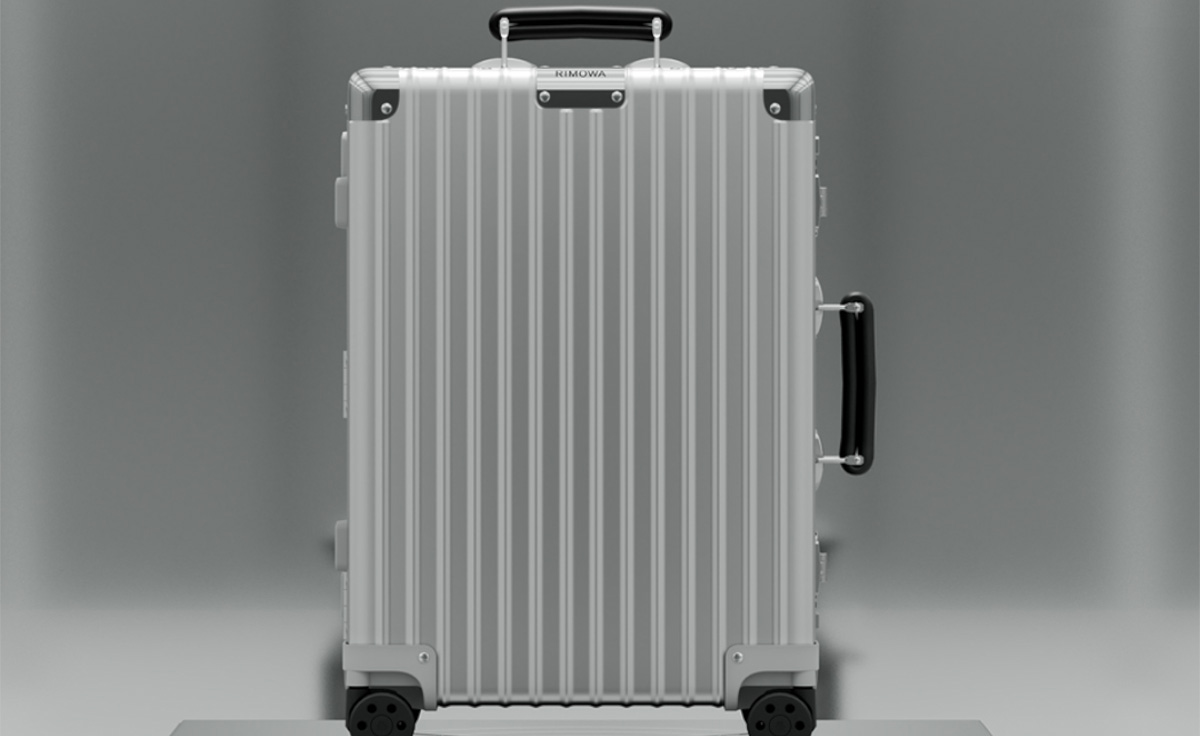 Rimowa Design Prize set to celebrate student innovation
Rimowa Design Prize set to celebrate student innovationThe new Rimowa Design Prize is launching in collaboration with 15 universities, celebrating both student innovation and German design
-
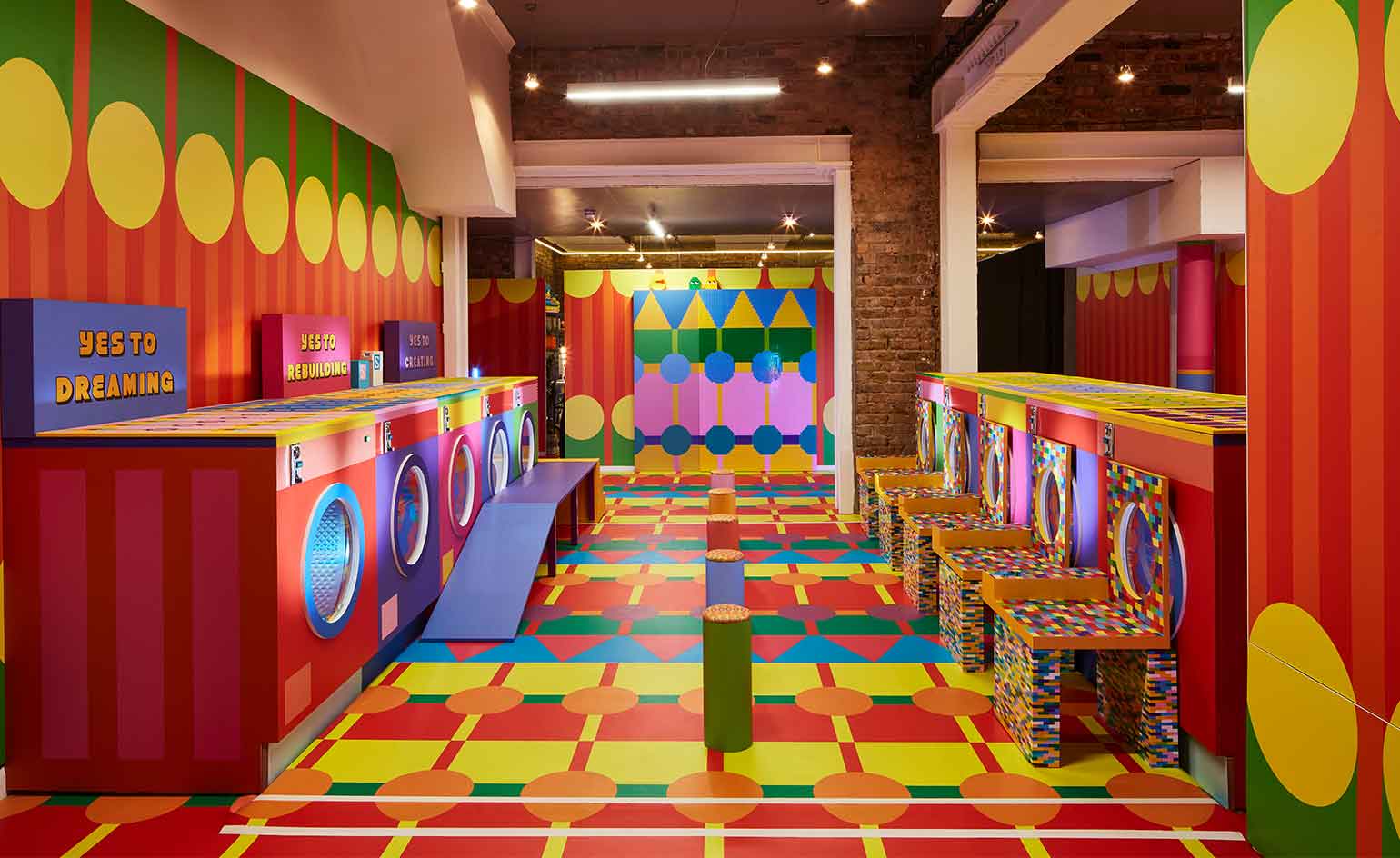 Yinka Ilori and Lego’s launderette celebrates play and community
Yinka Ilori and Lego’s launderette celebrates play and communityCreated in collaboration with Lego, Yinka Ilori’s pop-up Launderette of Dreams installation (until 6 November 2021) is a colourful celebration of play
-
 Saul Steinberg: behind the scenes at Triennale Design Museum
Saul Steinberg: behind the scenes at Triennale Design MuseumTriennale Design Museum and publishing house Electa present ‘Saul Steinberg Milano New York’, a new exhibition (until 13 March 2022) that pays homage to the American artist through 350 works. Join us for a behind-the-scenes peek at it's installation
-
 Ten years of Muller Van Severen, at Design Museum Ghent
Ten years of Muller Van Severen, at Design Museum GhentA new exhibition by Belgian design duo Muller Van Severen (until 6 March 2022) features a retrospective of the studio’s ten years as well as a curation of pieces from the Design Museum Ghent collections
-
 Noguchi show celebrates his reverence for Greece
Noguchi show celebrates his reverence for GreeceDesign show ‘Objects of Common Interest: Hard, Soft, and All Lit Up with Nowhere to Go’ opens in collaboration with Wallpaper* Designers of the Year, Objects of Common Interest, at the Noguchi Museum in Queens, New York (until 13 February 2022)
-
 A landscape of playful animals pops up at Design Museum Holon
A landscape of playful animals pops up at Design Museum HolonChild-centric designer Sarit Shani Hay presents an imaginary natural landscape that references Ron Arad's Design Museum Holon architecture and is inhabited by soft, cushioned sea lions, seals and bears